Welcome to Agri Food Life Sciences Files
Food as we know it is being unbundled as we speak. It's high time we set the stage to investigate Agri Food Life Sciences Files.
“Cellular agriculture is a green technology that will help the traditional agriculture sector transition from high to low carbon production. China has missed [being a leader in] technologies like genetic modified soybean and microchips, we can’t afford to miss it again.”- Zilliang Yang, CEO, CellX [Quoted], in a comment after China’s inclusion of cultivated meat and other “future foods” in China’s national agricultural five-year plan (2021-2025)
Dear Readers,
I am thrilled to bits genes to kickstart the pilot edition of Agri Food Life Sciences Files.
This will be an ongoing section under Agribusiness Matters in which I will be tracking and doing my deep-dive analysis on the developments that could be broadly categorized under “Agri Food Life Sciences”.
Under your subscription page, you now have the option of selecting whether you want to receive my emails under
Saturday Sprouting Reads (Child) - Always free - If you want to receive a roundup summary of my subscriber-only articles, 2-3 curated articles/white papers / Twitter threads with my commentary.
Agrifood Lifesciences Files (Child)- Free + Paid - If you want to make sense of emerging agrifood life sciences developments from India and other large smallholder farming countries' context.
Agribusiness Matters (Parent) -Free + Paid- If you want to make sense of agribusiness and agritech developments from India and other large smallholder farming countries context.
You have to select atleast one unless you want to commit the blasphemous act of unsubscribing to this newsletter.In this inaugural edition of Agrifood Life Sciences Files:
India’s Protein Conundrum: India has a massive protein deficiency crisis and arguably the best livestock model in the world.
Good Food Institute boldly invents a new category in the market: Smart Proteins
Now that I have shared the starters and you know what to expect, let’s dive into the main course meal. I promise. I will leave you with a dessert at the end.
My name is Venky. I write Agribusiness Matters every week to grapple with vexing questions of food, agribusiness, and digital transformation in an era of Climate change. Feel free to dig around the archives if you are new here.
Why do we need to talk about Agri Food Life Sciences Files?
01/ In December 2021, Mark Kahn, Renuka Diwan, and yours truly published an oped in Indian Express on why we need to talk about agri-food life sciences for the future of Indian agriculture. I briefly covered it in the December edition of Saturday Sprouting Reads.
Here is a tangential trajectory of the argument beyond the constraints of 1200 words.
If you haven’t read the oped, it may be helpful to read that first and then walk along. I’ll wait for you.
02/ If you want to understand why it’s important to talk [and do something meaningful] about agri-food life sciences for India’s agricultural future, a good place to begin would be this illustration I made with the data I found in AgFunder 2021 Agrifood startup funding report, comparing the various categories of investments made in India and globally that cover the gamut of Agrifood Life Sciences.
03/ Investment activity in India in all the four categories that broadly constitute Agrifood Lifesciences is a paltry sum compared to its global counterparts.
It’s obvious: In all our shiny talk about platforms, marketplaces, and digital technologies, we’ve completely neglected Agri-Food Life Sciences.
But why does this matter?
04/ Let’s do a thought experiment. How do you think agriculture is going to be in 2030 when human civilization is expected to decline if our business goes as usual?
Let’s first talk about water. India is the world’s largest consumer of groundwater, providing 60% of the nation’s irrigation supply. Let that fact, erm, well, sink in.
When India runs out of groundwater, cropping intensity would reduce by 20% nationwide and by 68% in groundwater-depleted regions of Central and Northwestern India by 2025. [Source | My detailed commentary for subscribers]
We’ve been making the right noises about millets and crop diversification. But, when it comes to doing something about it, we resort to tired, predictable ways. What explains the insanity of water guzzlers rice and wheat still getting the highest budgetary support of Rs 2.37 lakh crore for procurement of wheat, paddy under MSP? What is our national strategy to move away from water-guzzling crops?
Globally, by 2030, maize crop yields could like go down by 24%, while wheat could potentially see a growth of about 17%. [Source|. As I’ve highlighted in an earlier edition of Saturday sprouting reads, rice-eating countries are likely to see a precipitous dip in the nutritional quality of rice.
The bottom line is this: If we investigate the impact of Climate Change on Agriculture, it’s obvious that things are going to be, well, how do I put it gently, a shit storm, not nice.
How do we intend to prepare for the future without an adequate focus on agri-food life sciences?
Of course, no matter how hard we try, we are going to screw up the future, if we continue to collectively suffer from carbon tunnel vision.
India’s Protein Conundrum: India has a massive protein deficiency crisis and has the best livestock model in the world.
I’ve already begun to sound like a Cassandra, all sound and fury, full of doom. Let me brighten things up.
Arguably speaking with data, India has the best livestock model in the world.
Consider the facts:
Income from animal husbandry as % of total farm income has improved from 19.85% to 29.41% between 2012-2019, especially for smallholders, with land less than an acre.
India is the world’s highest livestock owner at about 535.78 million.
First in the buffalo population of the world, second in the population of goats and fish, second largest poultry market in the world, and stands fifth in the population of camels.
There is no MSP for livestock in this country. Farmers face market volatility head-on. As per Ashok Gulati, fisheries is growing at 9% per annum. Milk and meat is growing at 5% per annum.
And here’s the cherry on the top.
When you study the number of cereal crops allocated directly to human food; used as animal feed; and allocated to other uses (predominantly industrial uses such as biofuel production), the picture you get is fascinating.

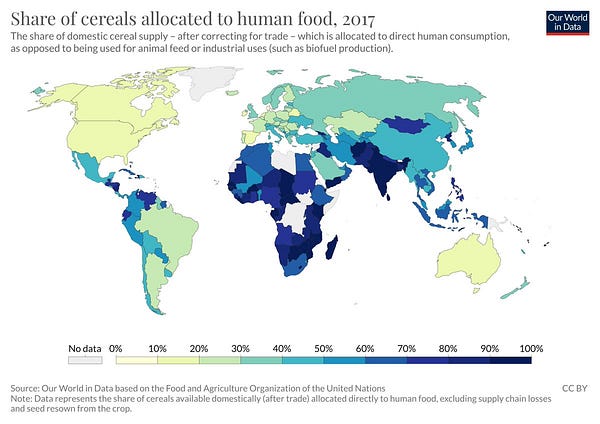
You can play with data and figure the share of cereals used for human food (vs animal feed) for your favorite country here.
The contrast in the share of cereals between India (93%) and the US (11%) brings an obvious question: Plant-based foods make damn obvious sense when you consider countries like US or Denmark or Canada. Does it make sense in an Indian context?
To consider the full weight of this question, we have to look at the not-so-bright side of India’s protein conundrum.
Despite being the owner of the world’s largest livestock, India is protein deficient. India has the lowest average protein consumption (at 47 gm per person per day) as compared to other Asian countries as well as developed nations.
And in case you think the problem is limited to those at the bottom of the pyramid, I have news for you. Even urban-rich India is protein deficient.
The protein paradox study points out three reasons behind this conundrum:
Protein Paucity: We don’t seem to know which food to consume for protein intake
Protein Psychology: Disinformation is the norm when it comes to protein consumption in India.
Protein Pinch: ‘Indian households hold back protein intake to a pinch with basic staples, as most protein sources remain unidentifiable.’
Culturally, India at large loves to consume meat during celebrations, and above that, there is a whole gamut of cultural, ethical reasons that is involved in consuming meat. Before we ask the question: Can plant-based proteins address the protein conundrum, it’s important to understand that any clarion call to replace the current livestock model in India is ridiculous.
Trust Nestle India to get this understanding right. Pay attention to the last line.
“Socially Unethical” indeed.
This hot-button issue has already raised its ugly head with dairy protein giant Amul deriding PETA for suggesting that they replace dairy with vegan milk.
So if substituting dairy protein with plant-based protein is socially unethical, what options lie on the table for innovators, riding the alternative protein wave?
Good Food Institute boldly invents a new category in the market: Smart Proteins
Indian Bollywood Celebrities are busy minting NFTs and launching plant-based meat alternatives.
At first, it was Shahrukh Khan. And then cricketer Virat Kohli joined the party. And soon after Salman Khan. The global funding numbers tell you what it is to ride the hype wave.

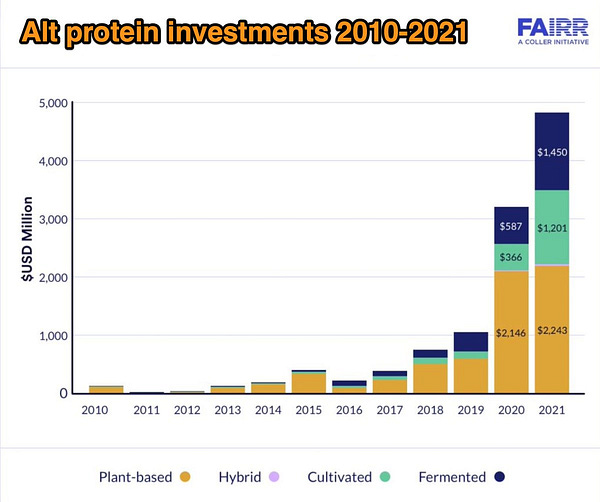
And the organization which is quietly powering most of the alternative protein/smart protein/plant-based protein players is the Good Food Institute.
Varun, MD, Good Food Institute, has been the cheerleader driving the alternative protein scene, quietly doing the groundwork to build a new category in the market: Smart Protein.
If you’ve been studying the design of categories in the market, you would know that it’s a high-stakes game: You get to define the problem and the solution. And going by the flurry of updates from their portfolio, they are trailblazing a new category in the upstream, elite 1% (‘woke’?) customer segment of the market (for now)
What is Smart Protein?
In Varun’s words,
‘Smart protein is what we call alternative protein in India. Foods which deliver the sensory and cultural resonance of meat, egg, and dairy, but smarter because they’re better for human and planetary health’.
What is smart protein? What is plant protein? What is alternative protein? Let me make things simple for you.
While more investment is rightfully going towards cell ag (54%) than pure plant-based, the real challenge lies in bringing down the cost of the cultivated meat.
The TEA found that cultivated meat can compete with some conventional meats on costs by 2030, with production costs in the study as low as $5.66 per kg ($2.57 per pound [Source]
Paras Chopra writes a good piece on this that breaks down the complexity of bringing down the cost of cultivated meat at scale, albeit in the US context.
This is a good piece on the Chinese state of affairs when it comes to protein national security.
To bring down the cultivated meat at $5.66 by 2030, when animal-derived meat in the US currently costs about $4/lb, requires massive collaboration efforts across various players across various scales.
This is exactly why GFI is trailblazing a category creator path.
While it’s a contentious and pointless debate, if you ask me, to argue if smart protein is really smart in an Indian context, it would be interesting to see how this ‘smart protein; market matures and evolves in the upstream segment.
I’ll be watching.
As promised, here is the dessert before you leave. Watch out for these analyses in the upcoming editions:
What does it take to build the unbundled food tech stack: (Hint: Cargill Opens its fourth innovation center in Asia, following Beijing, Shanghai, and Singapore.)
What does it take to organize the protein supply chain in India? (Hint: Aqgromalin raises Rs.38.43 Crores from Sequoia)
So, what do you think?
How happy are you with today’s edition? I would love to get your candid feedback. Your feedback will be anonymous. Two questions. 1 Minute. Thanks.🙏
💗 If you like “Agribusiness Matters”, please click on Like at the bottom and share it with your friend.



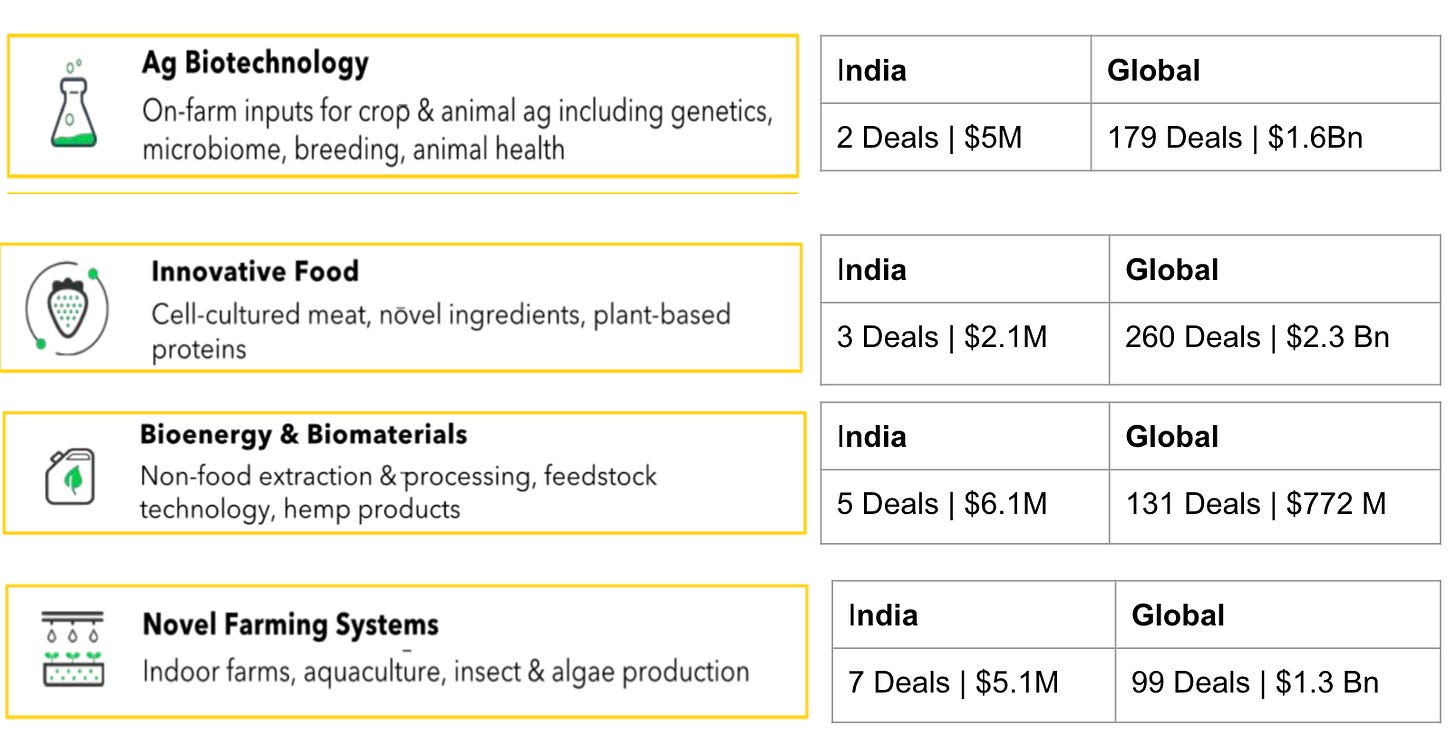

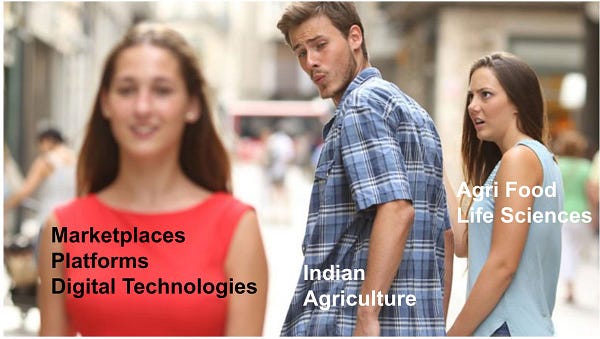
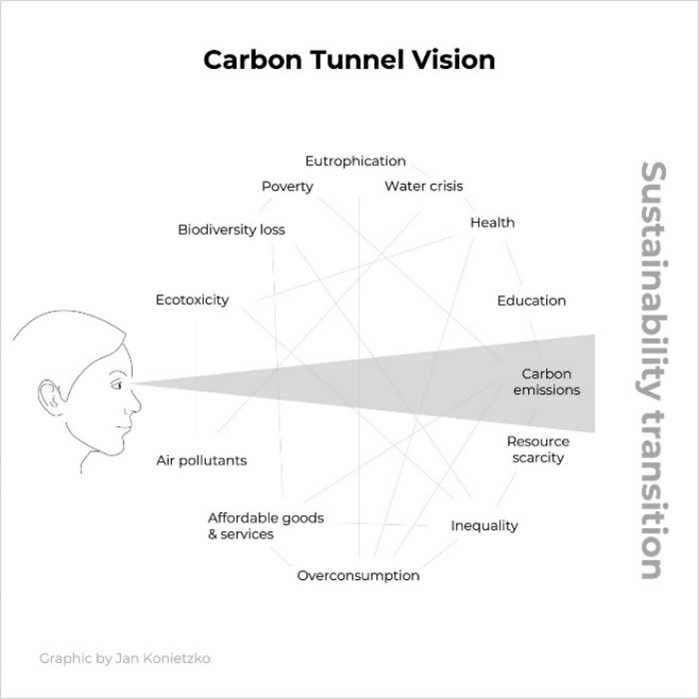
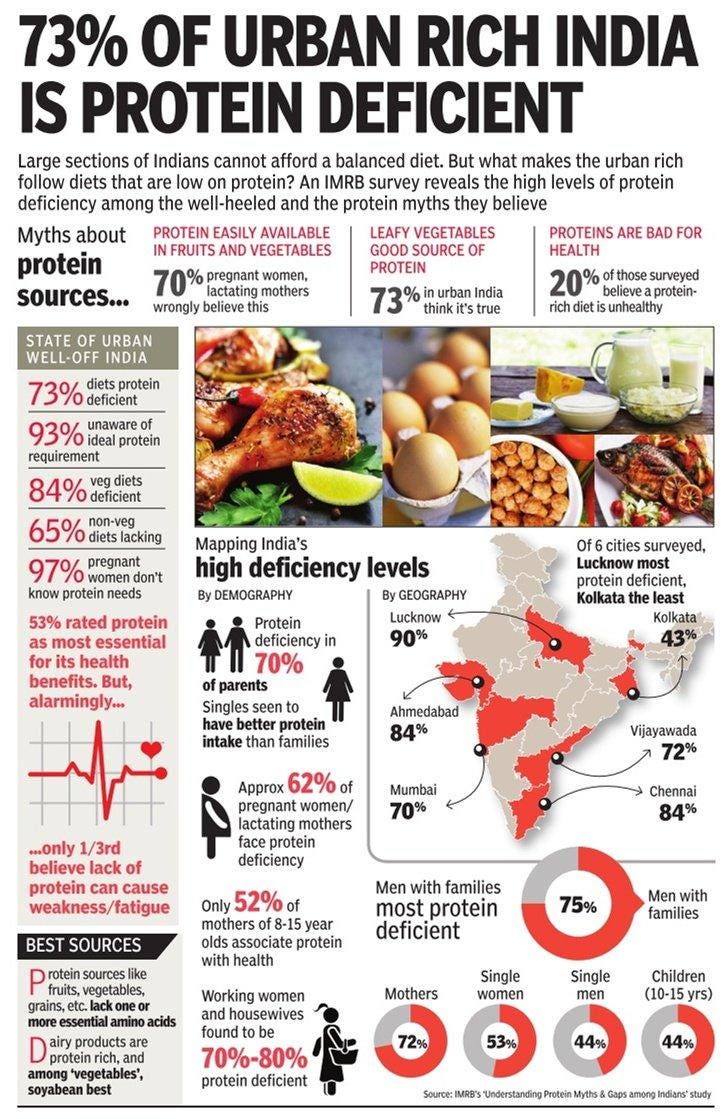
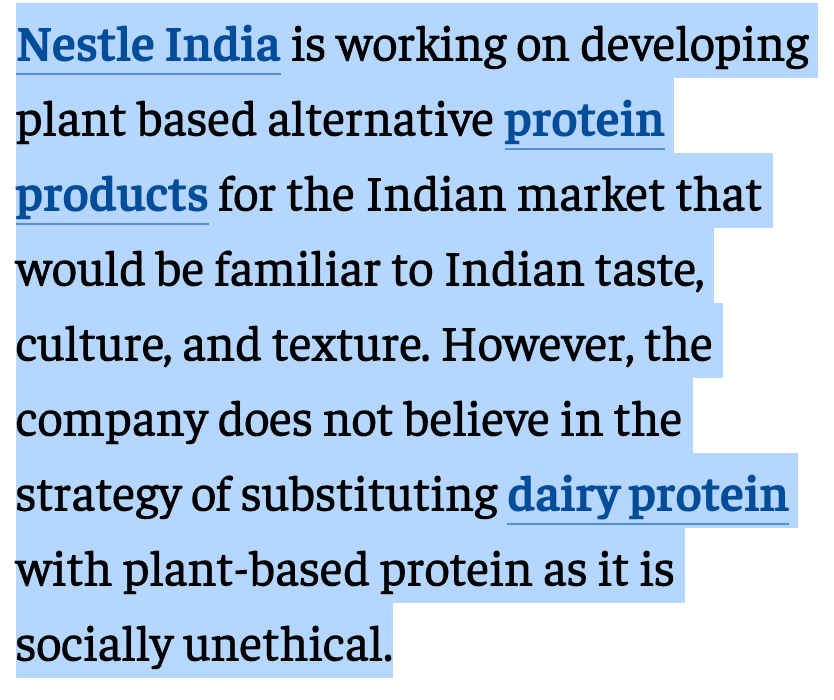

A nice nuanced piece , I think however the leaf proteins have not yet found favour ( most active ingredients so to speak are available in leaves and this should catch up soon ! And especially as we move into “food as a medicine” context